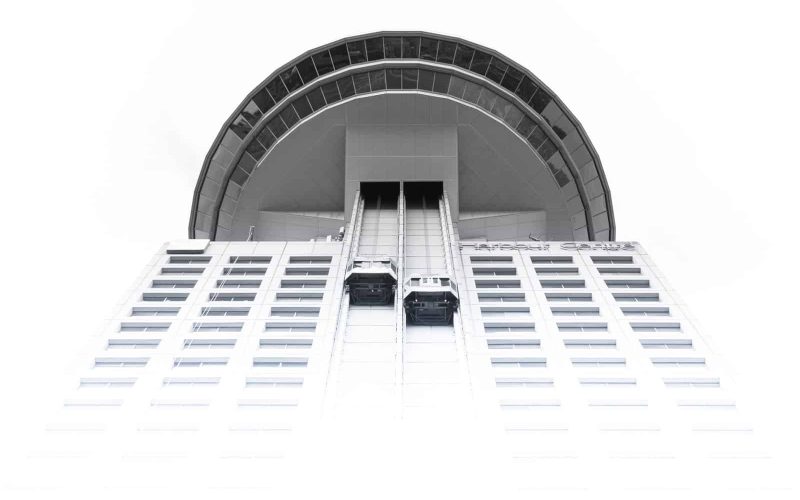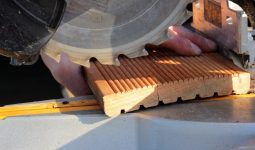Lifts have undoubtedly become an essential part of our day-to-day activities.
Most people work and live in high-rise buildings, providing convenience and ease, especially for the physically challenged.
However, this article will discuss different types of lifts and their purposes. Read on!
What Is a Lift?
A lift is a system that travels in a vertical shaft to transport people or cargo between building floors.
It is sometimes called an elevator; you can find it in offices or multi-story buildings.
Again, it’s also mandatory for these buildings to have lifts because of wheelchair accessibility.
Different Types of Lifts
Here are the different types of lifts:
1. Passenger Lifts
Passenger lifts, which come in various forms and sizes, are commonly found at malls, hotels, hospitals, offices, and residential buildings. They transport people.
This depends on how many passengers they can carry and their travel speed.
For passenger lifts, the interior decoration in and outside of the cabin matters, as well as comfort and hygiene. Users can beautify the cabins according to their taste.
Approved elevator repair companies should periodically inspect lifts. If an inspection reveals problems, the lift needs to be repaired immediately.
Human life is valuable, and whoever uses the lift should feel safe at all times.
2. Platform Lifts
These types of lifts can be found in homes and low-rise buildings.
Unlike passenger lifts, platform lifts only travel a few floors; in some cases, others may opt for stairs.
Although they move slowly, their installation is fast, and they can also serve as decorations for homes.
3. Freight Lifts
You can call freight lifts the workhorses among the different types of lifts. They transport goods and materials in warehouses, industries, ports, etc.
Freight lifts are firm, but the greater the load capacity, the lower the recommended speed. They can carry loads that weigh between 500kg and 5000kg.
However, one should consider certain factors when installing freight lifts. An example is the size and weight of the goods or materials and the characteristics of the building itself.
4. Firefighting Lifts
A firefighting lift is built to provide additional protection, with controls that enable it to be used under the direct supervision of the fire and rescue department to fight a fire.
These lifts usually have ladders, hoses, and other equipment necessary to fight a fire.
Firefighting lifts may also have a water tank mounted, allowing the firefighter to douse any flames that might occur during the operation.
5. Hospital Lifts
Lifts are essential for use in hospitals, nursing homes, and clinics.
They help move patients and hospital equipment across different floors of the hospital. As a result, you can also call it one of the life-saving devices.
Hospital lifts should have additional protection so that they can function without electricity.
As you know, a minute is vital in patients’ lives. Thus, the hospital needs to pay special attention to their safety.
6. Capsule Lifts
Capsule lifts are lifts within a glass enclosure, meaning they have glass walls. Their main feature is the design, which enhances the beauty of a building.
They are mainly found on the building’s exterior and lobby. Lastly, they serve as a means of transportation while maintaining the building’s style.
7. Hydraulic Lifts
This is one of the different types of lifts that uses water pressure for motion.
A piston at the bottom of these lifts acts as support and lift assistance.
An electric motor helps force the hydraulic fluid down the piston. As the system descends, the valve releases hydraulic fluid from the piston.
Regular inspection of hydraulic fluids is necessary because even a minor leak could have disastrous effects.
Hydraulic lifts have three types, namely:
- Roped hydraulic lifts
- Conventional hydraulic lifts
- Hole-less hydraulic lifts
8. Traction Lifts
A traction lift is a type of lift that uses cables instead of hydraulics to move passengers. Traction elevators were invented in 1884 by Charles A. Ellis.
The first traction elevator was installed at the Grand Hotel in New York City.
Meanwhile, the first commercial installation was built in 1890 in Chicago.
Since then, traction lifts have become very popular because they are safer and quieter than hydraulic lifts.
Traction lifts are similar to escalators, except they use a counterweight instead of a chain to lift the passenger car.
There are two types of traction lifts: geared traction lifts and gearless traction lifts.
9. Stairlifts
Stairlifts are most commonly used in homes and provide an easy way for people who cannot walk to get around.
These lifts are often motorized and allow you to sit in a chair that moves up and down the stairs.
However, this isn’t suitable for individuals who are in wheelchairs. Stairlifts are also helpful for those who need to go up and down stairs regularly.
10. Trolley Lifts
It may sound funny, but trolley lifts are also one of the different types of lifts available.
Trolley lifts can transport large items on trolleys and roller cages.
They are often used in a shop setting or anywhere large objects need to be moved.
Trolleys are usually made out of steel and are very sturdy. Roller cages are generally made out of aluminum and are also quite strong.
Conclusion
There you have it—the different types of lifts and their purposes. Although one kind of elevator may be more expensive than another, they cannot perform each other’s tasks. Thanks for reading!








